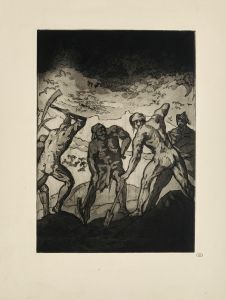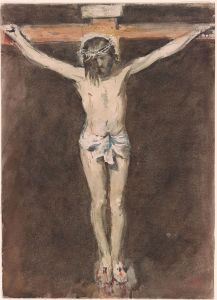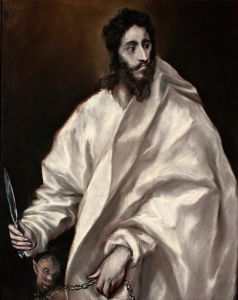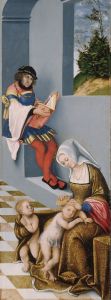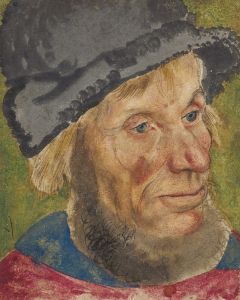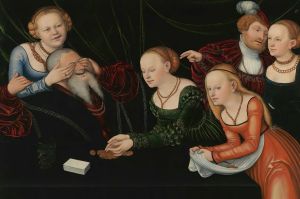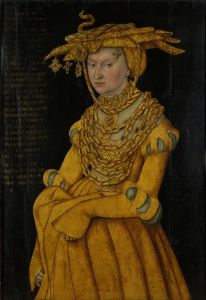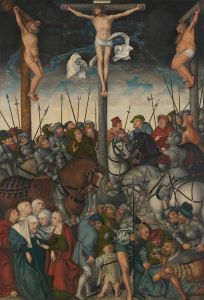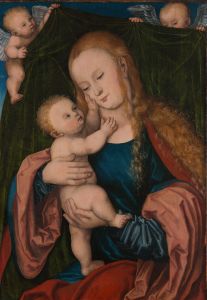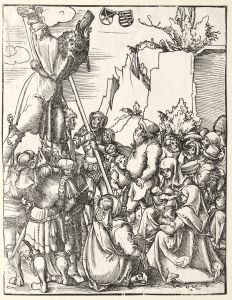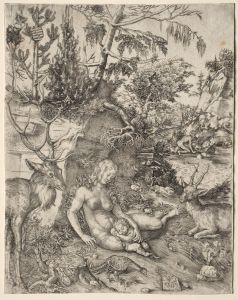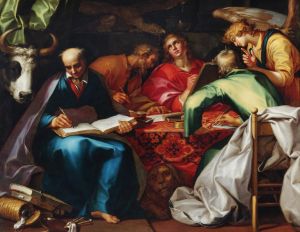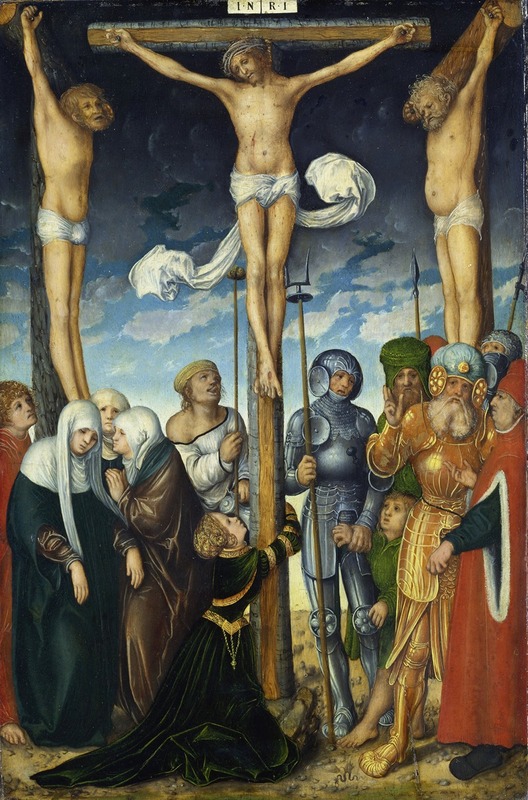
The Crucifixion
A hand-painted replica of Lucas Cranach the Elder’s masterpiece The Crucifixion, meticulously crafted by professional artists to capture the true essence of the original. Each piece is created with museum-quality canvas and rare mineral pigments, carefully painted by experienced artists with delicate brushstrokes and rich, layered colors to perfectly recreate the texture of the original artwork. Unlike machine-printed reproductions, this hand-painted version brings the painting to life, infused with the artist’s emotions and skill in every stroke. Whether for personal collection or home decoration, it instantly elevates the artistic atmosphere of any space.
Lucas Cranach the Elder, a prominent German Renaissance painter, created several works depicting the Crucifixion of Christ. One of his notable paintings on this subject is titled The Crucifixion. This artwork exemplifies Cranach's distinctive style, characterized by its detailed composition, emotional intensity, and use of vivid colors. While multiple versions of The Crucifixion exist, each reflects Cranach's ability to blend religious themes with the artistic trends of the Northern Renaissance.
In The Crucifixion, Cranach portrays the moment of Christ's death on the cross, a central event in Christian theology. The painting typically includes key figures such as the Virgin Mary, Saint John the Evangelist, and other mourners, who are depicted with expressions of sorrow and devotion. The background often features a dramatic landscape, a hallmark of Cranach's work, which adds depth and atmosphere to the scene. The artist's attention to detail is evident in the intricate rendering of the figures' clothing, facial expressions, and the surrounding environment.
Cranach's depiction of the Crucifixion is notable for its emotional resonance and theological significance. The composition emphasizes the suffering of Christ and the grief of those present, inviting viewers to reflect on the spiritual meaning of the event. The use of light and shadow enhances the dramatic effect, drawing attention to the central figure of Christ on the cross.
Lucas Cranach the Elder was a court painter to the Electors of Saxony and a close associate of Martin Luther, the leader of the Protestant Reformation. His religious works, including The Crucifixion, often reflect the theological ideas of the Reformation, emphasizing personal devotion and the humanity of Christ. However, Cranach's art also retains elements of traditional Catholic iconography, making his work accessible to a wide audience.
The exact date of creation for specific versions of The Crucifixion by Cranach is not always known, as he and his workshop produced multiple variations of this theme over the years. These works were often commissioned for churches or private devotion, reflecting the widespread demand for religious art during the Renaissance.
Today, several versions of The Crucifixion attributed to Lucas Cranach the Elder can be found in museums and collections around the world. Each version offers insight into Cranach's artistic approach and the cultural context of the time. The paintings continue to be studied and appreciated for their historical and artistic significance.





